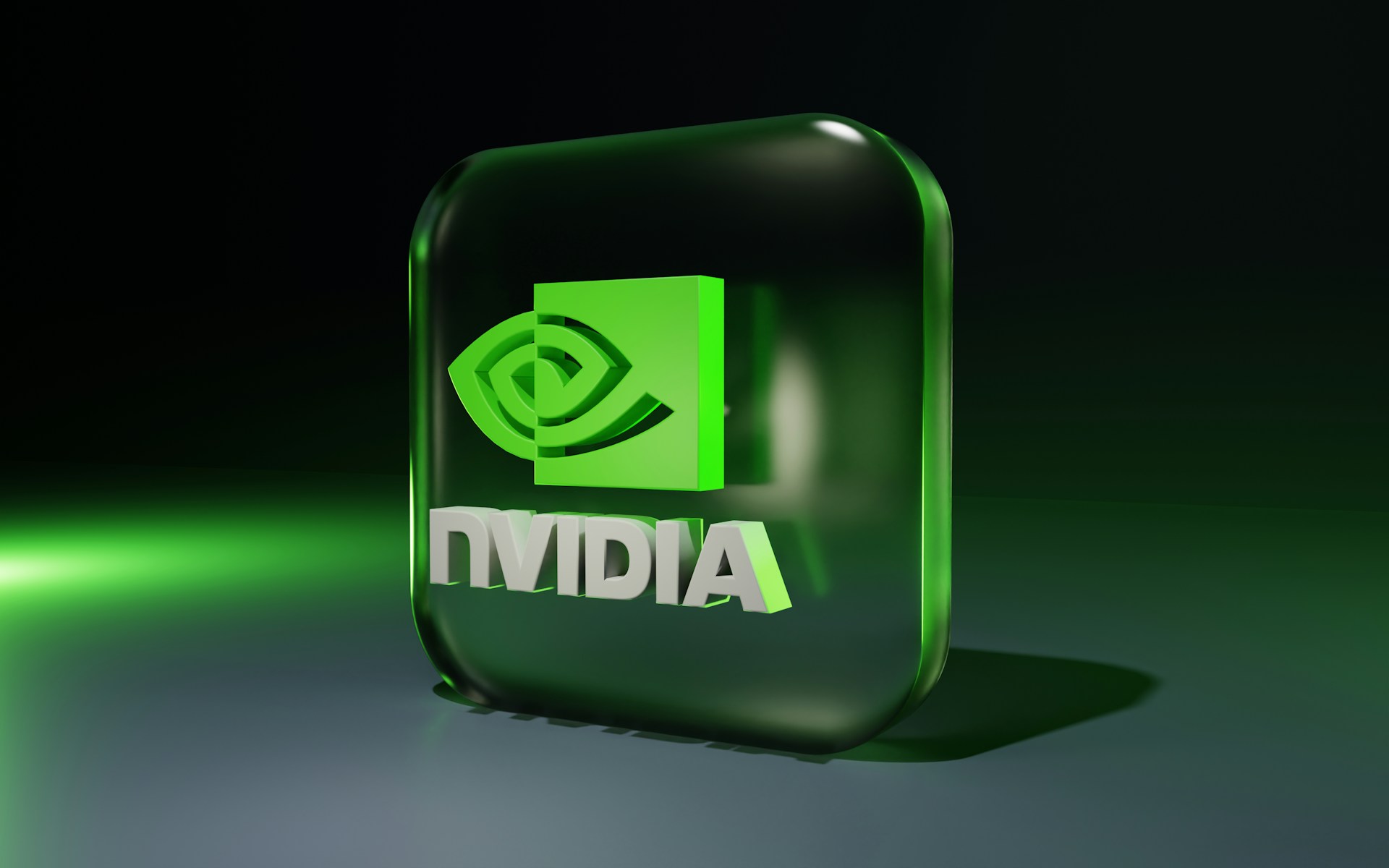Copyright Newsweek

Artiticifial intelligence technology company Suki announced an expansion for its assisted revenue cycle capabilities powered that they say will improve clinician documentation accuracy and save clinicians valuable time. In a press release Monday, Suki said it is adding onto its existing coding capabilities to deliver better automation and specificity and to generate additional codes including CPT and E/M codes. Why It Matters These new coding capabilities will address some of the most common sources of claim denials and revenue loss, Suki said. By automating the coding process, the company added, health systems now have even more complete and compliant documentation, with supporting evidence to streamline billing, improve coding accuracy and maximize reimbursements. “Accurate coding has been a constant challenge for clinicians, taking time away from patients and exposing health systems to avoidable denials,” Suki founder and CEO Punit Soni said in a statement. “Our new capabilities let Suki do the heavy lifting – proposing the right codes, explaining the rationale, and moving them into the record – so organizations see fewer errors and denials, stronger compliance, and better reimbursement. Most importantly, clinicians get time back and peace of mind to focus on care.” What To Know Suki’s Ambient Clinical Intelligence (ACI) helps physicians automate documentation and manage the revenue cycle and clinical reasoning. This technology can be used across all major electronic health records and care systems to return time to clinicians and improve innovation and interoperability. Suki already has the ability to generate ICD-10 and HCC codes from ambient listening. With these new coding capabilities, Suki can improve capture and accuracy. “The key thing that the two aspects of the model that are most important to figure out is how much of the coding information do you capture? [And] how accurate it is in terms of capturing," Soni told Newsweek in an interview Monday. "We would like to make sure that the capture is above 85 percent and the accuracy is above 95 percent.” Soni said Suki spent nine months building these new models in-house before internal and beta customer testing. After receiving good feedback, the company decided to push it out. According to Suki, the auto-generated ICD-10 codes have been tested with all major electronic health records (EHR), including Epic, Cerner, Athena and Meditech. So far, E/M coding has been integrated and tested with athenaOne. Transparency in the information is critical, Soni said. He said users should be able to see exactly where certain facts in notes came from in the medical records or transcripts. The best way to achieve safety, he said, is to ensure there is transparency and explainability. “When you actually see a code, you should be able to look at that code and then map it to a particular problem," Soni said. "And you should be able to go back in the interface and be able to see where that information came from.” The primary beenfit to this technology is capture, Soni said. When physicians talk to patients, notes are created and codes are attached with substantive, evidentiary information. “There is no more a conversation about why this particular information was there, because you have it in the note,” he said. “There is really no need for any kind of doubling up back to the top [because] the information is already there in the note. Now you have created a significant decrease in in time taken to do this, your work is much more accurate, and more importantly, over time, is a huge cost impact to this because you end up actually needing a lot less people to do the doubling up that you did in the past. This is a huge advantage.” Soni said the real promise of this technology is the ability for clinicians to send the infortmation directly to payers for “instant reimbursement." “You want to be in a health system where doctors get paid instantly when they take care of somebody," he said. "So I think that this is just a step in that long-term vision and there will be a world when we will actually see these kind(s) of instant reimbursements become the norm. We're creating highly efficient systems, much better working capital, and more importantly, more transparency. You get what you're paying and you get what you pay for.” What Happens Next Soni said his goal is make the Suki app the default product for clinicians and make it available automatically for everybody. Embedding Suki's assistive technology, including coding capabilities, directly into the app allows the Suki to do the heavy lifting and give clinicians time back to devote to patient care, the company said. Suki said it will begin rolling out its latest coding capabilities across partners this fall. According to the press release, the solution will be accessible in Suki on any browser or platform for clinicians in non-integrated EHR environments. This will allow copy-and-paste of generated codes so providers across all EHRs can see improved revenue-cycle benefits. Have an announcement or news to share? Contact the Newsweek Health Care team at health.care@newsweek.com.



